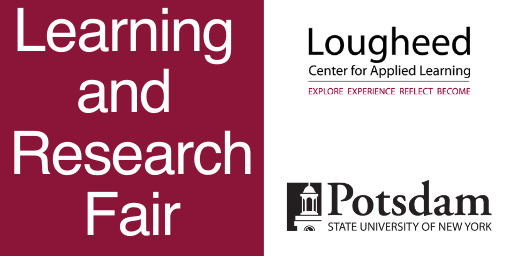Bread is, proverbially, the staff of life. People incorporate bread into their religious practices, economies, and foodways. Archaeologists, therefore, strive to understand how ancient peoples shaped and were shaped by their bread. For this project, I recreated unleavened flatbreads from Neolithic Çatalhöyük – a 8-9kya site located in modern-day central Turkey. Archaeobotanical evidence suggests their bread was made from einkorn, barley, lentils, or peas, and was baked in ovens like those still used regionally. This project incorporates evidence from previous work at Çatalhöyük, including paleoethnobotanical and experimental archaeological data. Using this data, I made four experimental loaves of einkorn, barley, lentils, and a lentil-einkorn mix. I evaluated their texture and flavor, as well as the requisite water amounts and cook times. My results will offer insight into the culture of Çatalhöyük, using the bread that was foundational to their lives.
Past Projects
Recreating Bread from Neolithic Çatalhöyük (2023)
- Student(s): Gabriel Roberts
- Project Mentor(s): Timothy Messner
- Poster



